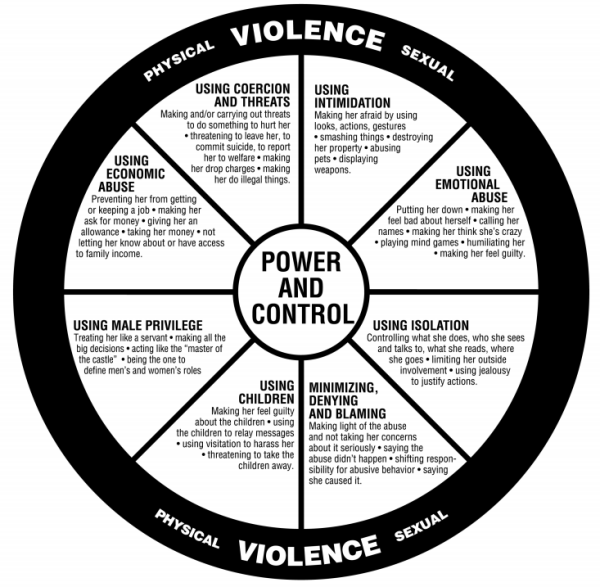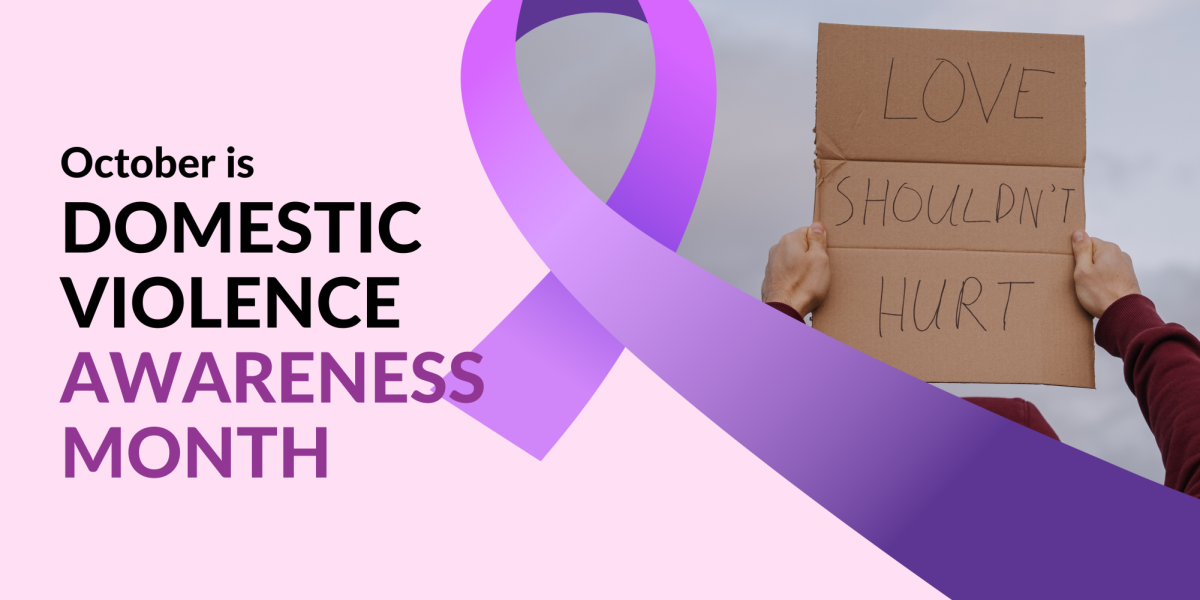October marks Domestic Violence Awareness Month (DVAM), a crucial time to collectively shed light upon this pervasive issue which especially impacts women and youth. According to the CDC National Center for Injury and Control, 12 million people are impacted by domestic violence every year.
Since its inception in 1981 as a “Day of Unity” by the National Coalition Against Violence, DVAM has evolved into a month-long national campaign celebrating survivors and advocating for change.
Through awareness and action campaigns, supporters empower themselves and others to recognize and combat domestic violence in all of its many forms.
What is Domestic Violence?
According to the U.S. Department of Justice Office on Violence Against Women, “Domestic violence is a pattern of abusive behavior in any relationship that is used by one partner to gain or maintain power and control over another intimate partner.”
Any individual in any community can suffer from or perpetrate domestic violence; however, there is no such thing as mutual abuse.
What Does Domestic Violence Look Like?
Domestic violence is not exclusive to physical acts of violence; it can encompass verbal, emotional, economic, digital, and sexual abuse, as well as stalking and harassment.

Different types of abuse are exemplified by:
- Verbal abuse, which can include constant criticism, accusations, name-calling, and victim-blaming (i.e. any response that places blame for abuse upon the survivor rather than the harm-doer).
- Emotional abuse, which can manifest as manipulation, humiliation, or any attempt to control, isolate, or otherwise cause fear or derogate.
- Economic abuse, which similarly involves the control of access to finances and financial autonomy. This form of abuse may look like Person A controlling Person B’s ability to acquire, maintain, or use financial resources, leveraging this to threaten and exert dominance.
- Digital abuse, which can include any usage of technology or the Internet to harass, threaten, defame, bully, control, or intimidate.
- Sexual abuse, which occurs when someone violates your boundaries, forcing you into unwanted sexual activity without your consent.
The stigma which surrounds domestic violence may prevent survivors from recognizing abusive relationships, invoke feelings of shame, and/or make it difficult for survivors to seek help. This struggle can be exacerbated by the challenges of leaving the abusive relationship, which can include isolation, hope for change, love for the harm-doer, financial/legal dependency upon the harm-doer, lack of resources, immigration status, and institutional and social barriers.
Exiting an abusive relationship is the most vulnerable, dangerous time for a survivor. According to the National Domestic Violence Hotline, “When a survivor leaves their abusive relationship, they threaten the power and control their partner has established over the survivor’s agency. This often causes the partner to retaliate in harmful ways.”
“No matter the reason,” the National Domestic Violence Hotline reports, “leaving any relationship can be difficult; doing so in an abusive situation can feel impossible without the right access to support.”

Finding Help and Support at Northside
There are many ways for Northside students to connect with the counseling department: stopping by the counseling office, or sending an email to a counselor. “We want to be as accessible as possible,” stated Ms. Cooper, a Social Worker at Northside.

Domestic violence does not—and therefore domestic violence awareness should not—merely begin and end with the thirty-one days of October.
Quick Resources
Services for Survivors:
- National Domestic Violence Hotline: +1 (800) 799-7233
- KAN-WIN’s 24-Hour Multilingual Hotline: (773) 583-0880
- Between Friends Chicago’s 24-Hour Helpline: +1 (800) 603-4357
- Family Rescue 24-Hour Crisis Line: (800) 360-6619
- City of Chicago Domestic Violence Hotline: (877) 863-6338
- House of the Good Shepherd
- A Safe Place’s 24-Hour Hotline: 1-800-600-7233
How to Support Survivors:
- How Do I Help Survivors of Domestic Violence? | SafeHouse Center
- Ways to Support a Domestic Violence Survivor | The Hotline
- Do’s and Don’ts of Handling Domestic Violence Victims
- Believing Survivors Does Not Equal a “Guilty” Verdict | The Blue Bench
- Four Ways to Help Survivors or Victims Heal this Domestic Violence Awareness Month | The Hotline
- Holding Space: Three Ways to Support Domestic Violence Survivors – The Hotline







